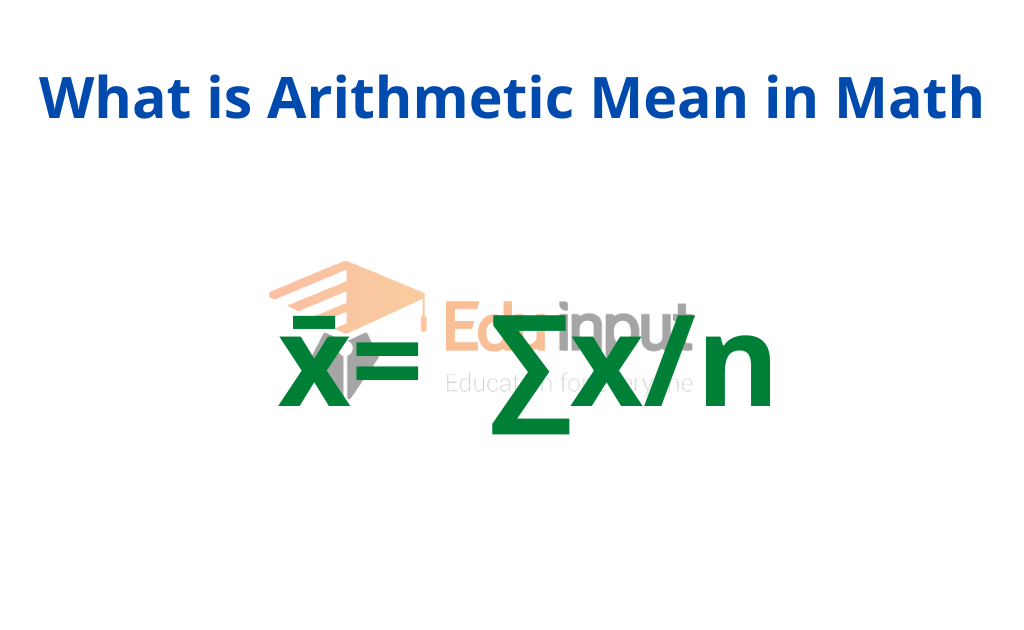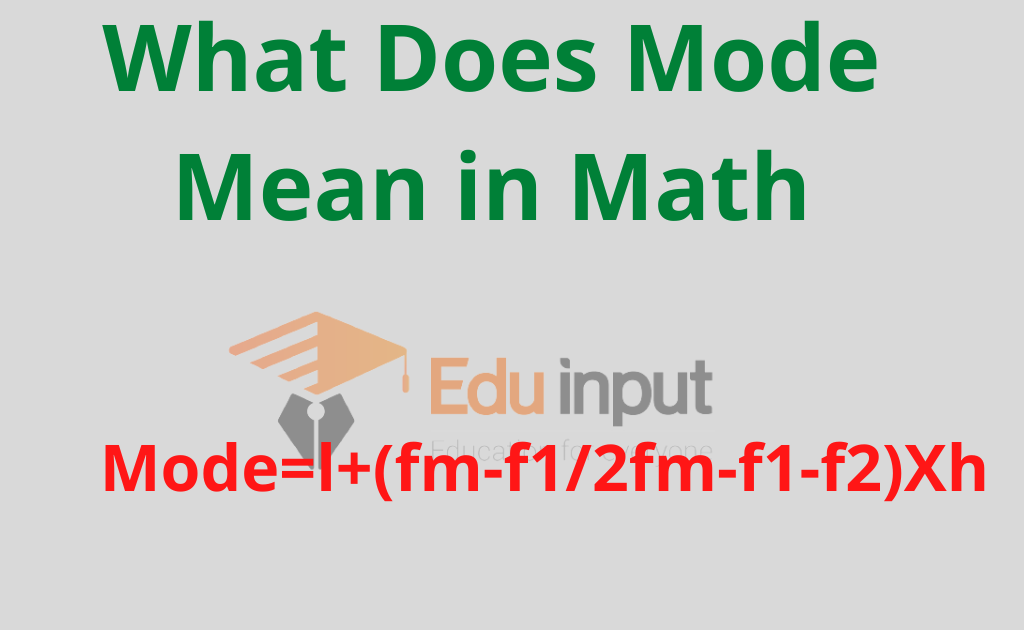Arithmetic Operation Mean in Math?
Arithmetic operations are the basics of mathematics. It mainly consists of operations such as subtraction, multiplication, addition, and division. These are also known as mathematical operations. In our everyday life, we use arithmetic operations to calculate our total expenses and business income, to make a monthly or annual budget, to measure lengths, etc.
We use them at almost all times of our day for example while finding the total number of questions given in homework, while finding time, money, number of chocolates we ate, number of marks obtained in all the subjects, etc.
What is the arithmetic operation?
Arithmetic operations are a set of four basic mathematical operations to be performed to add, subtract, multiply or divide two or more numbers or quantities. They include the study of numbers including order of operations which are useful in all the other parts of mathematics such as algebra, geometry, and data handling.
Four basic arithmetic operations?
Here we are understanding the four basic rules of arithmetic operations for all real numbers
- Addition(+)
- Subtraction(-)
- Division (÷)
- Multiplication (×)
Let’s discuss the above four basic arithmetic operations in detail.
Addition (‘sum’+)
The addition is a basic mathematical operation of calculating the total of two or more numbers, in other words adding things together. It is denoted by the symbol ‘+’. When we add two or more numbers it answers in a single term. The order of numbers does not matter in the addition
For example:
23+52=75
17+45=62
Subtraction (difference’-‘)
The subtraction basic mathematical operation shows the difference between two numbers. It is represented by the symbol ‘-‘. Subtraction is mostly used to calculate what is left when things are taken away or in other words, taking one number away from another number.
For example:
15-9=6
37-17=20
Multiplication (×)
- The repeated addition is known as multiplication. It is denoted by the symbol ‘×’. Multiplication as a basic mathematical operation helps us to calculate the total when a number is repeating itself a number of times.
For example,
4 times 3 is 12. Mathematically, we can write it as 4× 3 = 12. Multiplicand and multiplier are the terms used in the multiplication method. The product is the term we use for the answer of the multiplication of multiplicand and the multiplier.
For example:
15X3=45
In the above example
“3” is the multiplicand “15” is the multiplier, and the answer “45” is known as the product
Division (÷)
Division is an inverse of multiplication and the act of dividing something into equal groups or parts. It is one of the four basic arithmetic operations which gives a fair result of equal sharing. Denoted by the symbol ‘÷ ’.. For example, 2 groups of 4 pens each make 8pens
(2 × 4) in multiplication, and in the case of division 8 pens were divided into 2 equal parts giving 4pens in each part. It is So, here we can write it as 8 ÷ 2 = 4.
Arithmetic operation with rational number
Arithmetic operations apply to rational numbers are the same process as that of whole numbers. The only difference is that rational numbers are in the form of p/q, where p and q are integers and q is not equal to zero (0). While subtracting, adding, or two rational numbers, we have to take the LCM of the denominator.

 written by
written by 




Leave a Reply